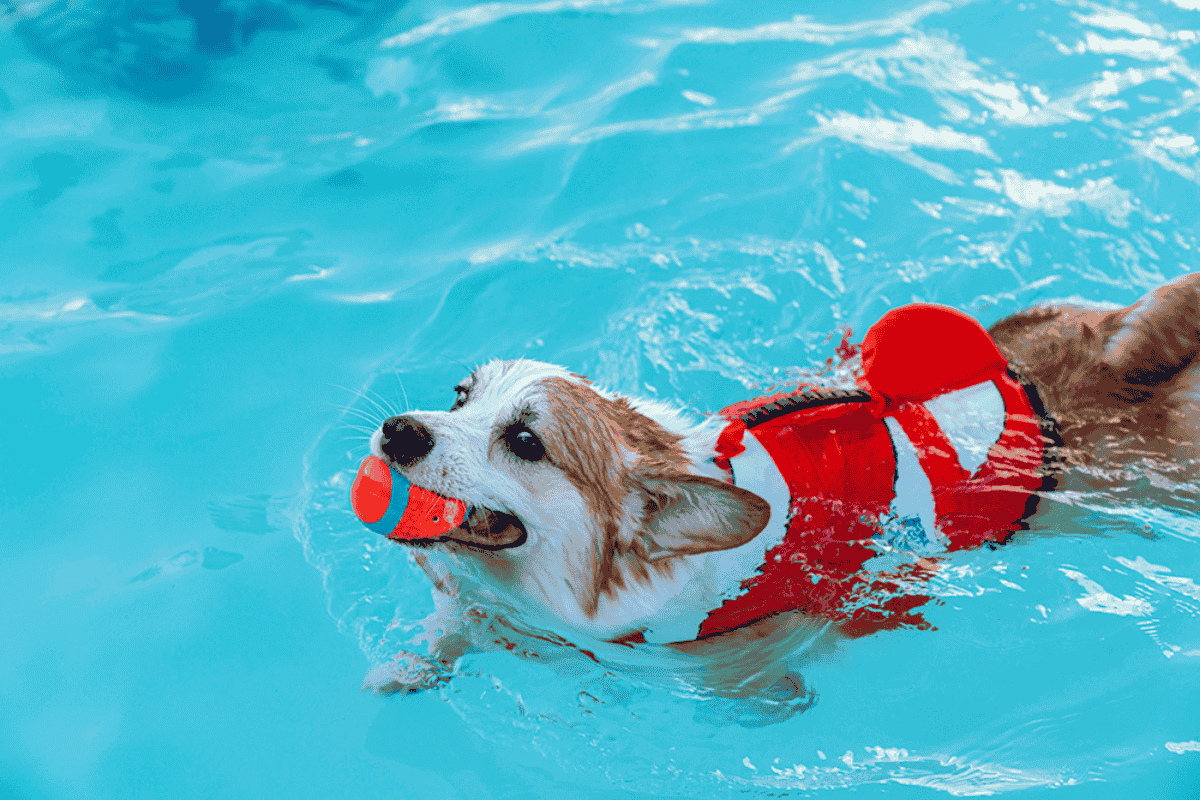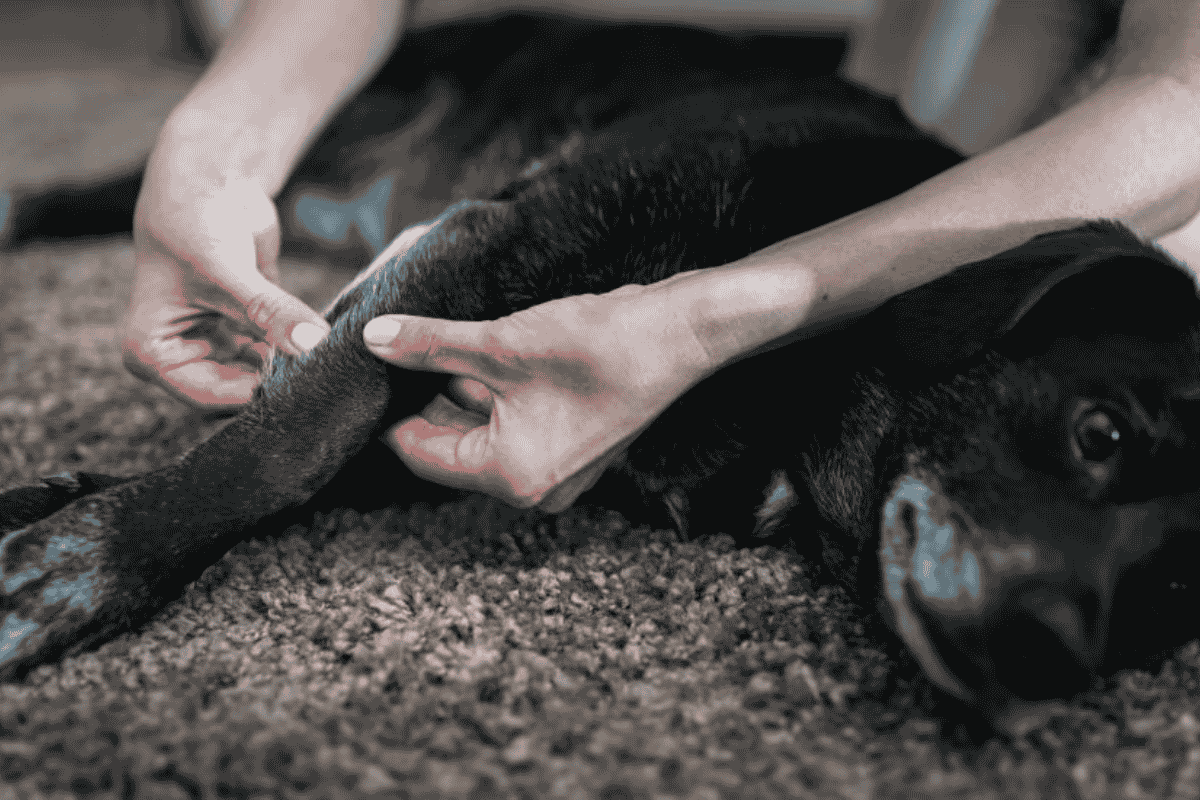Swimming provides dogs with a low-impact, full-body workout that strengthens muscles, improves cardiovascular health, and reduces stress on joints. This makes it especially beneficial for dogs with mobility issues, arthritis, or recovering from injury.
Beyond physical health, swimming is also a wonderful bonding activity for dogs and their humans. It fosters trust, builds emotional connection, and provides both physical and mental stimulation.
Can All Dogs Swim?
A common myth is that all dogs instinctively know how to swim. While some breeds naturally take to the water, not every dog is a born swimmer.
Breeds Built for the Water
- Portuguese Water Dog – Historically used for fishing and water rescue, with webbed paws and a waterproof coat.
- Newfoundland – Strong swimmers with thick double coats and natural lifesaving instincts.
- Chesapeake Bay Retriever – Bred for retrieving waterfowl; they have an oily, water-repellent coat.
- Labrador Retriever – Known for their love of water, webbed paws, and water-resistant coat.
Introducing Dogs to Water
Not all dogs enjoy swimming. Start slow, use positive reinforcement, and never force a fearful pup. Always supervise swimming sessions and use life jackets when necessary.
Swimming for Senior Dogs
Senior dogs can absolutely swim, and it can be one of the best exercises for aging joints. However, adjustments are needed:
- Take It Slower – Allow them extra time to adapt.
- Use a Life Jacket – Provides support for weaker muscles and joints.
- Provide Frequent Breaks – Prevents exhaustion.
- Vet Check First – Ensure swimming is safe for dogs with health conditions.
How to Teach a Dog to Swim
- Start in Shallow, Calm Water – Use a pool with steps or a calm lake.
- Encourage Exploration – Let your dog enter at their own pace.
- Offer Support – Use your hands under their belly or a life jacket.
- Positive Reinforcement – Reward with treats, toys, and praise.
- Gradually Increase Depth – Only once they’re confident.
- Always Supervise – Watch for signs of fatigue or stress.
Water Safety Tips for Dogs
Water Quality
- Pools – Chlorine can irritate eyes and skin; rinse your dog afterward.
- Lakes & Oceans – Check for bacteria, parasites, or toxic algae blooms (common in Florida, Texas, and Great Lakes regions).
Access and Safety
- Pools offer safe entry/exit points.
- Lakes, ponds, or oceans may have slippery banks, currents, or steep drops.
Other Factors
- Distractions – Wildlife, waves, or other swimmers can be overwhelming.
- Visibility – Murky waters reduce visibility, making close supervision vital.
Essential Swimming Accessories for Dogs
Bring the right gear to keep your pup safe and comfortable:
- Dog life jacket
- Towels for drying
- Fresh water and collapsible bowl
- Dog-safe sunscreen (ask your vet)
- Floating toys
- Dog first-aid kit
- Collar/harness with ID tags
Swimming Lessons and Doggy Daycare Pools
Many trainers and facilities offer swimming lessons for dogs, as well as group classes for pet parents. These provide expert guidance, safe environments, and structured practice.
Some doggy daycare centers also feature pools or supervised water play, offering great socialization and exercise opportunities.
Check with local trainers, veterinarians, or pet facilities to see what’s available in your area.












